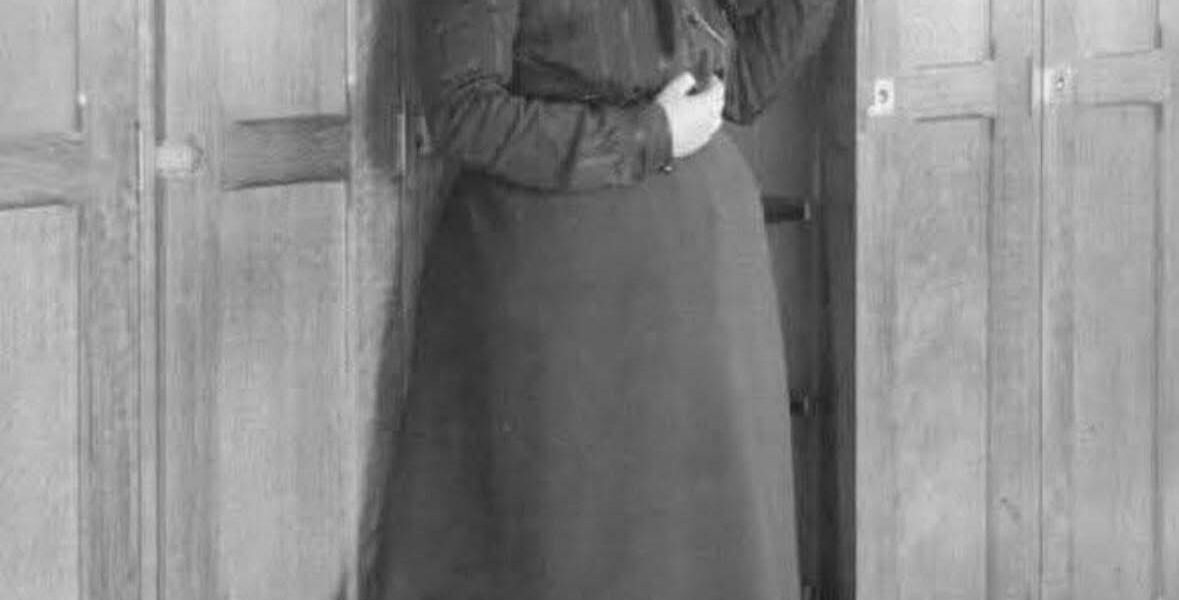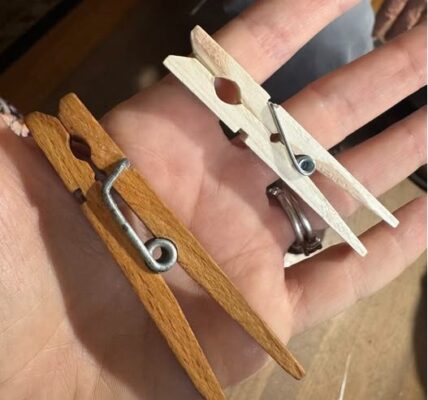It was a bitterly cold morning in 1857, in the working-class city of Dundee, Scotland, when a girl named Williamina Paton Stevens Fleming came into the world. No one could have guessed then that she would one day leave her mark on the universe—not through wealth, privilege, or even a telescope—but through sheer brilliance and unshakable perseverance.

From a young age, Williamina was different. While other children played in the streets, she buried herself in books. By the age of 14, she was already teaching, her mind quick and hungry for knowledge. But like many women of her time, life would test her in harsh and unexpected ways.
She married young and moved across the ocean to the United States, full of hope. But shortly after arriving, her husband abandoned her—leaving her alone in a foreign country with a young child to care for and little more than courage in her pocket.
Desperate for work, Williamina accepted a position as a housekeeper in the home of Edward Charles Pickering, the director of the Harvard College Observatory.
And that’s where the stars began to align.
Pickering, frustrated by what he saw as carelessness among his all-male team of astronomers, is said to have quipped in exasperation, “My Scottish maid could do better than this!” What started as a sarcastic remark would change scientific history.
In 1881, Pickering gave Williamina the opportunity to work at the observatory—not cleaning the floors, but studying the heavens. With no formal scientific training, she quickly proved herself indispensable.
She became one of the very first of the Harvard Computers—a group of women who were hired to process astronomical data with meticulous care. But Williamina wasn’t just good—she was exceptional.
In a time when women were expected to stay quiet in the background, Williamina did the opposite. She classified over 10,000 stars, discovered 10 novae, 59 nebulae, and an astonishing 310 variable stars. She created what would become the Harvard Classification System, a foundational breakthrough in how we categorize stars based on their spectra—an achievement that still underpins modern astrophysics today.
And despite the odds stacked against her, she shattered barriers. In 1906, she became the first American woman to be named an honorary member of the Royal Astronomical Society—a staggering accomplishment in a male-dominated field.
But Williamina was more than her discoveries. She was a mentor, a mother, and a pioneer who opened doors for the generations of women who would follow in her footsteps—into observatories, laboratories, and lecture halls.
She did not ask for fame.
She did not demand recognition.
She simply did the work—better than anyone had expected. And in doing so, she changed how humanity sees the universe.
Williamina Fleming passed away in 1911, but her legacy still glows in every charted star and every young girl who dares to dream beyond the boundaries others try to place on her.
She reminded the world of a simple, powerful truth:
Brilliance doesn’t require permission.
And sometimes, the woman sweeping the floor is the one destined to reach the stars.




